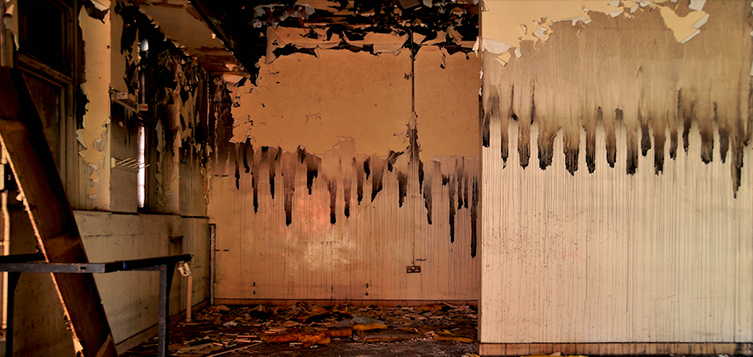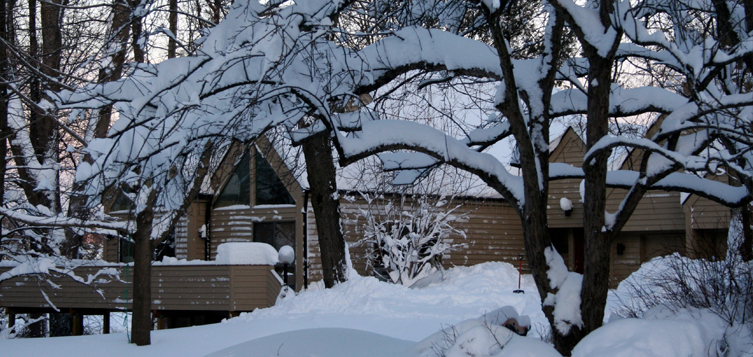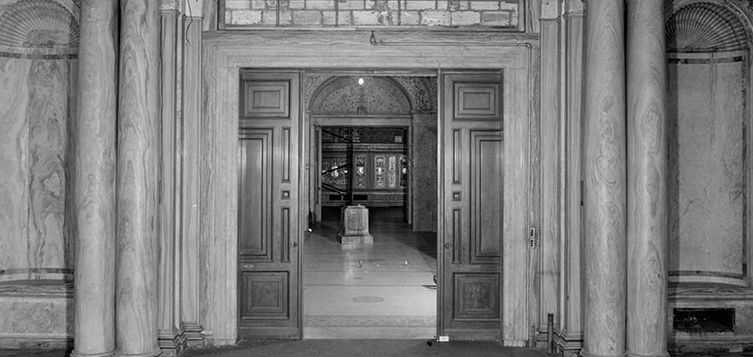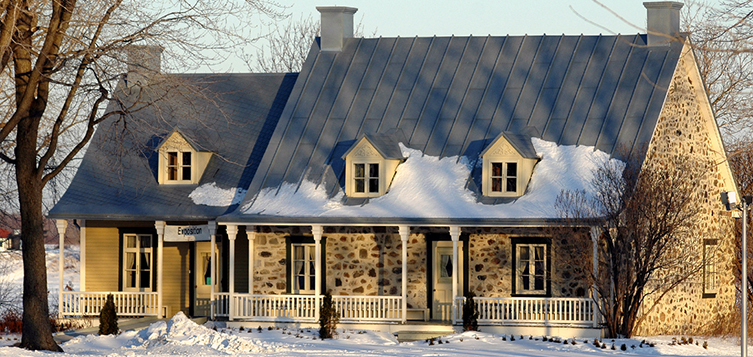Clean Smoke Damage Safety Tips
There is nothing worse than the aftermath of house fire damage. Not only are your house and belongings damaged but also there is often a risk to you and your family. Even after the fire has been dealt with, there is the aftermath of the fire to deal with. Common problems include smoke, soot and cleaning up the water and the chemicals that were used by firefighters. The damage to your house shows on your burnt and blackened walls and ceiling.
In order to deal with the problems that occur after the fire has been put out, you need to know about two things – soot and odor from smoke. The following points could be quite helpful:
Soot and Charring
Soot is the residue left by burnt things after a fire. It contains a lot of carbon-based impurities and is mainly caused when the material doesn’t burn completely. The texture of soot is oil based because there are plastic things in every home and burning them leads to oily molecules getting released in the air.
Soot can wreak havoc when it enters a person’s respiratory system and thus, it is a serious health hazard. When soot particles enter the alveoli, they get released into the blood stream and through that, the impurities reach various parts of the body. If the impurities get accumulated, the person’s health could suffer.
However, the worst possible effect of soot is its tendency to cause cancer and cause serious defects in the birth of a newborn. Soot produces polycyclic aromatic hydrocarbons in its gaseous state. These hydrocarbons are responsible for gene mutation for particular groups of genes, and they can cause birth defects in the child and also increase the chances of getting cancer.
After the fire, many things would be destroyed and replacement would be necessary. However, you can only find out about what to replace after you have cleaned everything up. It might seem like a tiresome task but it should be dealt as quickly as possible as procrastinating it would make matter worse. To deal with the damage caused, here are some DIY tips.
You will need the following items:
- TSP or Trisodium Phosphate cleaner (1 tbsp.)
- Rubber gloves for cleaning
- A Large sponge or the sponge used while washing your car. A lot of cleaning needs to be done, and the sponge should be large enough to soak up a lot of water in one go
- 2 large buckets
- Warm water
- Goggles and a mask to protect eyes and face
- Rags to clean
Cleaning Process
Step 1: Use your vacuum cleaner to clean soot over the surface of things. Never start your cleaning process before you are properly attired. Your heavy-duty gloves, safety goggles and mask should be worn over your face and should cover as much as they can. Carefully cover your nose and make sure the safety glasses have no place for dust or soot to get into your eyes.
Step 2: After you put on your heavy-duty gloves, use the sponge and soak it into the TSP solution. The TSP solution contains a gallon of water and a tablespoonful of TSP. Work section-by-section, focusing on one segment and wall at a time.
Step 3: Wipe the surface of the wall or ceiling with the sponge and use hard and firm strokes. After that, dip the rags in clean warm water and rinse the ceiling and walls. Do the same with the other segments until everything has been cleaned properly. The frequency of this step may be more than once. It depends on the condition of the house after the fire and how much charring and soot buildup has occurred. You must be careful not to over-wash your ceilings and walls because seepage of water might occur into the drywall or baseboard. Don’t saturate your walls with TSP and warm water.
Step 4: Prime all the walls damaged by the fire and then adding a fresh coat of paint. There might be a lot of soot buildup in the AC filters, and they should be removed. All appliances should be thoroughly cleaned using a disinfectant. A fresh sealing layer needs to be applied on all the surfaces affected by the soot.
Odor from Smoke
After you enter a burnt house, you might smell something but there is no visible damage to account for the smell. That is smoke damage. Usually, people tend to hire professional fire damage restoration experts to deal with smoke odor. This is because the damage is at a molecular level and the solution is complicated that is best handled by experts.
What You Need to Kill the Odor
A simple deodorant or room freshener doesn’t have a smell strong enough to counteract the bad odor from smoke. To deal with smoke, something stronger has to be used to disable odor causing smoke molecules in the air. Below are some items that can help you kill the odor from smoke damage:
- White Vinegar
White vinegar has a strong smell and can be used to wipe all affected surfaces. Furniture, walls, floors, and ceilings can all do with a quick cleaning by a rag dipped in white vinegar. - Baking Soda
It absorbs odors naturally and can be left in a bowl in every room. Also, you can sprinkle some over the pieces of furniture and other surfaces to counteract the odor. - Odor Reducing Products
An odor-reducing products like incense, Febreze or oil diffusers can be used along with the other steps to reduce the odor. - Activated Charcoal
This is another natural odor absorber that can be left around the room in powdered form to deal with smoke odor. - Ozone Generators
These are used to deal with the bad odor caused by smoke but are pretty expensive. - Odor Reducing Fogs
Many professional companies deal with smoke odor using special fogs that kill the smell completely.
After your house gets cleaned, you need to make decisions and come up with a budget about what to replace and what to repair. For things that need repairing, depending on what it is, Inside Out Home Improvement is there to help you with fire restoration.
Looking to get a project going?
Whether you need exterior work, roof maintenance and repair or a whole house makeover, we know home improvement inside and out! Contact us for a no obligation quote today.




